Ants are brilliant and fascinating creatures.
They build networks and collaborate to get things done, just like people; if you’ve ever wondered what lies beneath the surface of an anthill, making your ant farm will be a fascinating experience!
Doing it is simple; here is the stuff you need for collecting ants and your first ant farm!
How should I build my own ant farm?
Ants clean up after themselves, and each colony creates a sustainable system, making them low-maintenance pets.
You’ll be able to sit back and watch your ant colony grow once it’s set up and ready to go autonomously.
You might be asking, “What is the best ant species?” or “How do I begin my ant farms?”.
This ant-keeping for beginners guide will answer your questions and help you raise your ant colony successfully.
Follow these simple steps to create a happy ant colony that will last for years!
This is our shorter guide, we have a much longer guide, with more information for beginners here:
How can I get my Ant Farm started? Search for the Queen!
To start your ant farm, you’ll need a single queen ant, just a queen! Because she is responsible for generating the colony’s members, the queen ant lays eggs; she secures the existence of ant colonies.
Depending on the species, queens might be captured in your region during mating or after nuptial flight season, which relies on the weather (so do your research on when nuptial flights occur in your area).
Different species will fly at other times within the year.
During these mating flights, the queen will mate with many males, fall to the ground, break their wings, and go away searching for a new colony site.
Now, what you need to do is search for it.
The ideal technique is to always have containers, bottles, or test tubes with you when you leave the house since we never know what we’ll find out there.
[amazon box=”B07Z3DNG21″]It would be best if you made sure that the test tube is clean to avoid contaminating the nest with different bacteria and fungi, so it is a must to wash your hands correctly or at least wear gloves when making this set up.
Fill the tube halfway with clean, cold water, then apply a piece of cotton to the end.
Cotton will prevent your queen from drowning while still providing moisture. When you’re finished, close the tube with another cotton ball and set your queen inside.
Your colony will live in this test tube set for the next months or possibly a year, depending on how quickly your colony grows. Remember that you only need one queen because a multi-queen colony in a test tube is difficult to set up. It may seem significant at first, but after the worker ant farms come, they will murder one another.
Visualizing the Queen Ants
The Queen ant is substantially larger than worker ants and will stand out among the rest. Queens are also born with giant wings, while males have considerably smaller wings.
Likely, a massive, winged ant positioned in the center of an ant nest is a queen. Queen ants are active at all hours of the day and night.
So when you capture her, what should you do with her? Where do we go from here?
The Test-tube Setup
In a scientific laboratory, a test tube is a glass container. During experiments, scientists (and mad scientists) utilize test tubes to hold substances.
These test tubes are ideal for keeping ants. Ant keepers generally keep queen ants in test tubes because the test tube setup replicates an underground chamber for a newly mated queen.
You’ll need to put her in a test tube setup where she can stay for a few weeks or months until her first group of workers arrives.
So the thing is, when you have captured the queen, the test tube setup comes in handy.
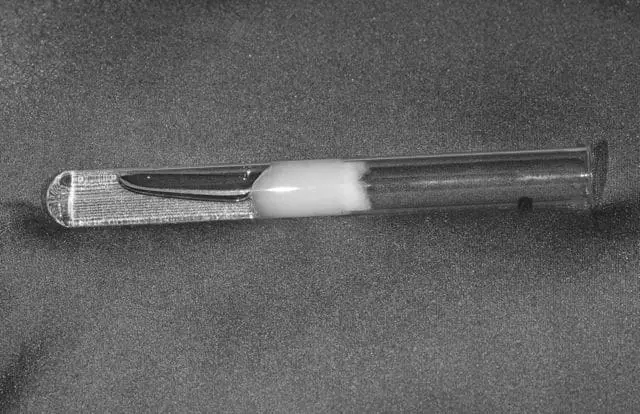
Her first nest will be in this glass or plastic and will be able to store a water reservoir, making it easier to look through. So it is a must to select the appropriate test tubes, and it is highly recommended to use test tubes with a diameter of between 16mm and 20mm and at least 100mm in length.
It would be best if you made sure that the test tube is clean to avoid contaminating the nest with different bacteria and fungi, so it is a must to wash your hands correctly or at least wear gloves when making this setup.
Fill the tube halfway with clean, cold water, then apply a piece of cotton to the end.
Cotton will prevent your queen from drowning while still providing moisture. When you’re finished, close the tube with another cotton ball and set your queen inside.
Your colony will live in this test tube set for the next months or possibly a year, depending on how quickly your colony grows.
Remember that you only need one queen because a multi-queen colony in a test tube is difficult to set up. It may seem significant at first, but after the workers come, they will murder one another.
[amazon box=”B07Z3DNG21″]
When the Queen Ant is in the Test Tube setup
Ant keepers advise people to put these test tubes in the dark (ants do not like bright lights), away from any vibrations, and not to look at her or pick up the test tube from time to time since doing so may disrupt her.
Some believe that bothering queens too much may cause them to stop laying eggs or even consume them!
So once your queen is in the test tube, she needs to feel secure, so do not disturb her.
I know it’s hard not to look at her every minute, but we suggest you should check on her every 3-4 days at most.
When you initially set the queen in the test tube, she should start cleaning herself and cease walking about, which signifies she’s located a safe, acceptable area to station herself and establish her colony.
You’ll need to shift the queen and her brood to a new test tube setup if the cotton in the tube becomes moldy or the water section dries out.
Before moving the queen to a formicarium or an artificial ant, you should wait until she has numerous worker ants. We suggest you wait till she has at least 10-20 workers before the transfer. Although, some people prefer to introduce ants to a formicarium once the test tube is packed with them.
During this period, you do not need to feed the queen.
They do not need food before producing workers since they live off the muscular reserves that power their wings. This guarantees that she has a beginning team of worker ants to assist her in transporting the young and queen and settling in.
Depending on the species, ants can take between 2 to 8 weeks to develop from eggs to fully mature worker ants. Each species has its unique timetable. Lasius niger queens, for example, produce workers in 8-10 weeks, whereas Camponotus takes much longer. Another factor is the room temperature where the test tube is kept.
When the room is warm, the time for them to lay eggs is faster than in a colder room with an air conditioner, making them lay eggs a little longer.
Please note that ants are cold-blooded; therefore, when they become cold, they slow down.
In the ant colony, what do the worker ants do?
All worker ants are female, and this sisterhood is responsible for the smooth running of the ant colony. Their responsibilities include looking after the queen and the young, foraging, regulating the colony, and waste disposal. Workers are unlikely to have children of their own.
Note that the weakest members of a colony’s workforce are known as nanitics.
They are the first generation, and because the food was scarce throughout their growth, they were given weaker bodies. So the more significant the food storage, the healthier and more giant ants.
When the queen has raised her first workers, it could be a good idea to attach their test tube to some form of food gathering arena.
You may either use tubes to link the test tube to the arena or place it in it and remove the cotton ball. Cover the pipe with aluminum foil or whatever else you have around the house. Remember that the ants want their nest to be dark.
The Ant Diet, When to feed the ant farm?
So when you have the queen ant and a couple of workers (or the live ant colonies), take note that if the ants begin to pull out of the cotton, this is a vital sign that the initial colony is ready to have its first meal. It indicates that they are digging for food for the colony.
So, as a first meal, try giving them a tiny drop of sugar water aided by a toothpick.
Adding to that, ants should be fed in tiny amounts more regularly.
A single drop of sugar and a fruit fly every three days is sufficient for small colonies. Ants’ feeding requirements will rise as the colony expands, and food should be refilled once it has vanished or been thrown aside.
What to feed your ants
Ants are omnivores, meaning they consume anything.
They eat the milk of aphids and other tiny Hemiptera, insects, small live or dead invertebrates, plant sap, and other fruits in the wild. They also devour the eggs of insects.
Two food types Ants Need
Ants adore sugar or carbs and will always choose it when replenishing their stores.
Sugar comes in various forms, such as fruit or nectar, but the liquid version is unquestionably the finest. Syrup, honey, or warm water combined with sugar are examples.
Adding to that, they also need protein. Insects are the most acceptable source of protein for ants.
Usually, they like feeder insects, crickets, feeder roaches, mealworms, and super worms can be easily purchased at a local pet store or found in your backyard.
Please avoid using dead insects discovered along the roadway or in your backyard as much as possible since they may have been poisoned by pesticides, which would kill your ants.
The ant farm also needs fresh water at all times.
Give your ants a few drops of water daily to improve their health.
Though, mixing a pinch of sugar in a teaspoon of water and offering it to your ants once a week will give them an extra burst of energy and a nice treat they’ll enjoy, so do not do it.
Ants will continually defecate or discharge poop from their body, so if it is mixed with sugar water, it may cause a mold or bacterial outbreak.
Tip: Feed your ants the ant farm food that came with it.
Every 2–3 days, add a tiny piece of fruit or vegetable as a supplement.
To avoid mold growth, remove any uneaten food after two days.
Give your ants a few drops of water daily and maintain them in a cool room between 16 and 21 degrees Celsius (60 and 70 degrees Fahrenheit). High temperatures can cause your ants to die. Ants will live longer in a cold room with a temperature of 60 to 70 degrees Fahrenheit.
Please do not keep the ants in a location where they will be exposed to direct sunlight since this will raise the temperature within the ant habitat.
Transferring your Ant Farm
What to do when the water is running out or moldy?
You can attach another test tube set up, using a tape and removing it so you can let the ants breathe, but once the ants reach 50-100 workers or even more, you can introduce them to their first ant farm, the formicarium.
What is an ant farm or a formicarium?
Formicarium is an artificial ant nest arranged for observation or study of the activities of the insects.
In the early 1900s, a French engineer called Charles Janet invented the first ant formicarium.
He sought to increase the visibility of the typical ant colony so that it might be observed.
There are two types of ant farms:
First, the terrarium-style ant farm is constructed like a vivarium. You’d put the substrate in a container and decorate it with foliage or other decorations.
Any form of enclosure commonly used to keep animals will suffice. These forms of formicaria are both attractive and beneficial to ants.
A sandwich-style ant farm is a two-dimensional formicarium that is built vertically. The ant colony is easily observed with these patterns.
You may either buy an ant farm kit that is fully completed or make your own using two glass or plastic panels and some form of substrate.
This sort of vivarium is typically employed for research or entertaining purposes. With a sandwich-style ant farm, you may go without a substrate and construct layers in a labyrinth structure for your ants to navigate through.
Unfortunately, this setup is unsuitable for a queen due to the lack of isolation required to make a queen feel safe.
You can purchase it in stores, or you can make it by yourself.
Another option is to use a large jar with a lid that you can poke holes in, a smaller jar (that fits inside the large one), and a dirt mixture (soil and sand mixture). You’ll need enough to half-fill the large jar.
How to Move your Ants to their farm?
Remember that moving a newborn colony to the outdoors is essentially suicide. As a result, they will be unwilling to relocate.
You’ll have to persuade them that the new site is far superior to the old one, which will take time.
Some species are more uncomplicated to transport than others, and some colonies react better to particular approaches. The brood stage can also influence how they move; for example, certain colonies will migrate to heat in the “spring” or “summer.”
Ants will take their time inspecting the new prospective nest location to ensure it is secure and more appealing than their previous one.
They might take days or even weeks.
So here’s a method for getting ants from their test tube to the formicarium: drop the test tube into the outside world and put the test tube opening near the formicarium tube’s entrance.
Outside the formicarium, shining an intense light into a test tube and covering the nest area with a dark cloth can assist the ants in moving.
You can try to wet the nest region if the species is moisture-loving.
Heating the test tube with a reptile heating cable can help induce movement, although this can be hazardous to the ants if the test tube becomes too hot too quickly.
So once they are all there, you already have it! Your very own ant farm!
[amazon box=”B07Z3DNG21″]
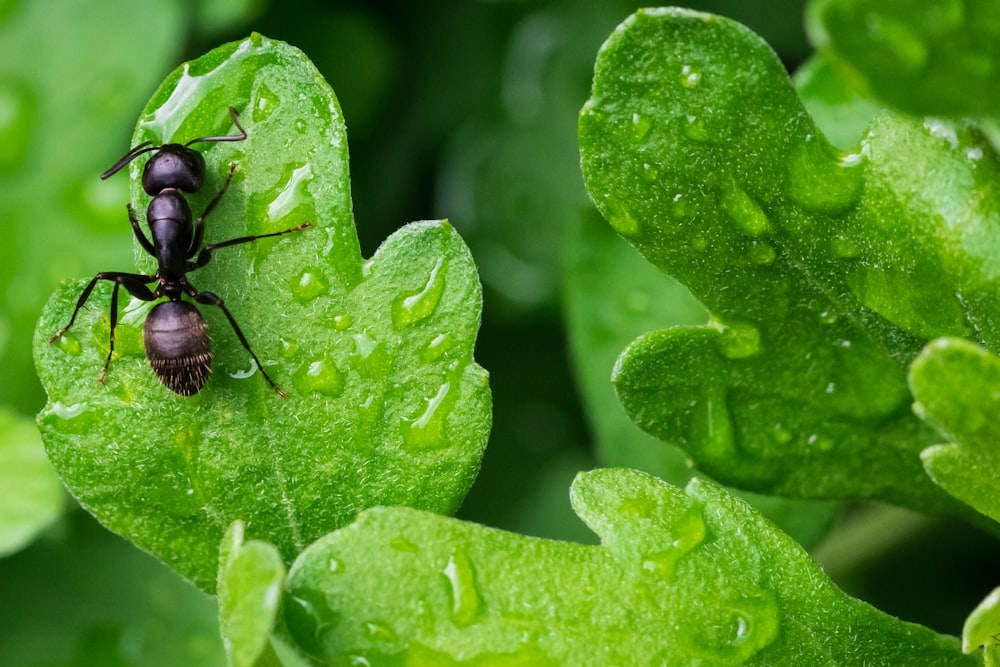

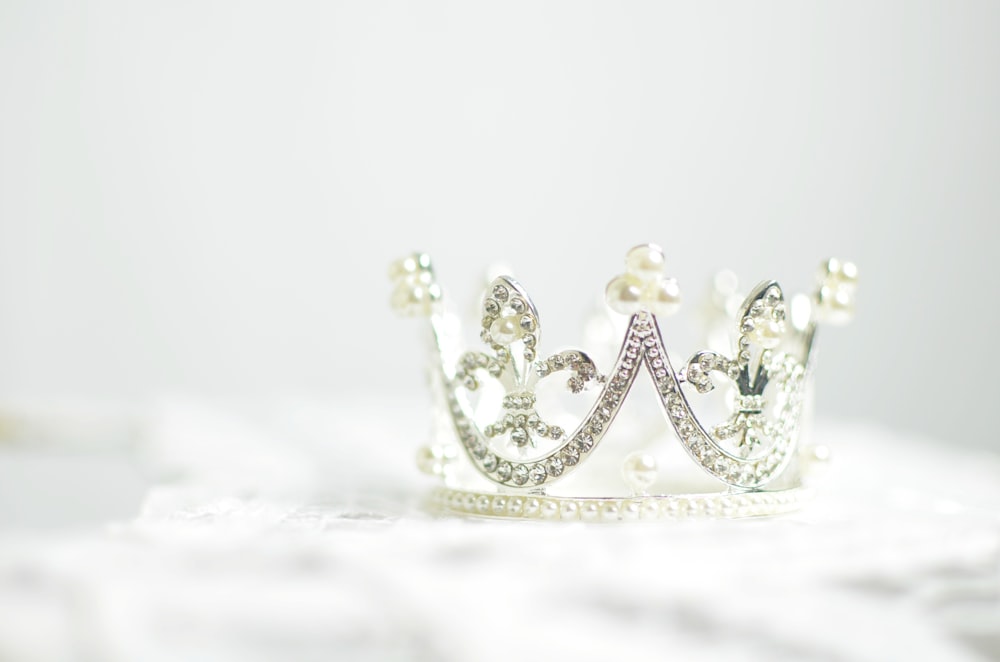


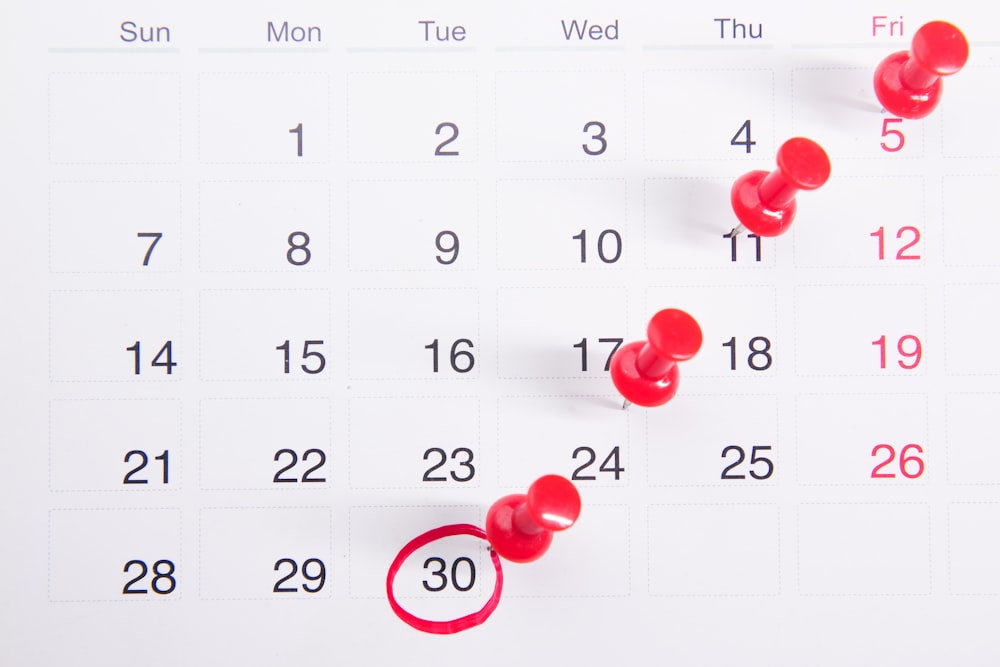
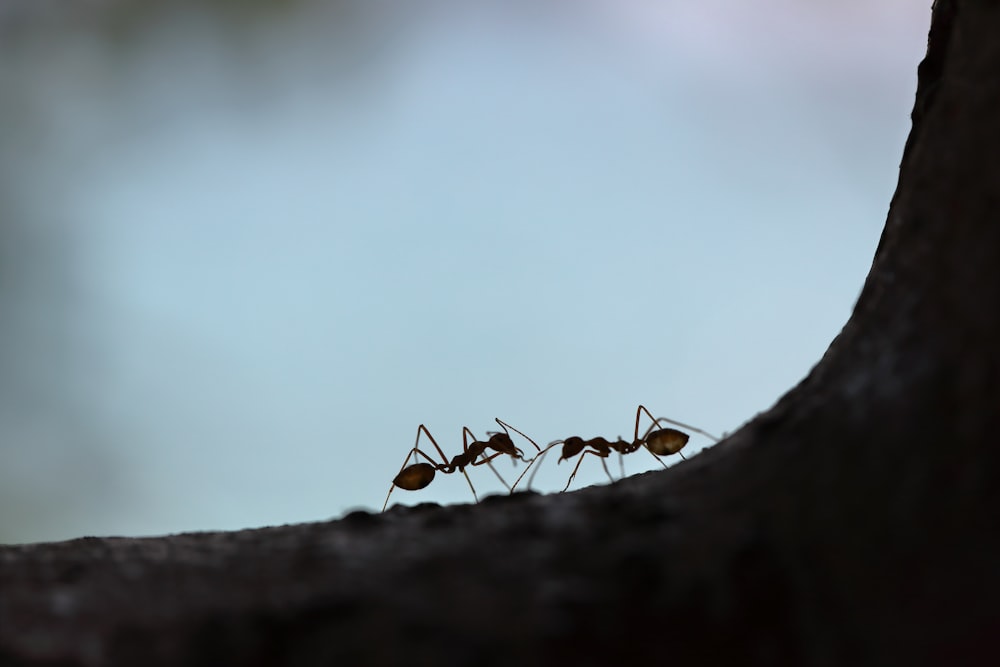

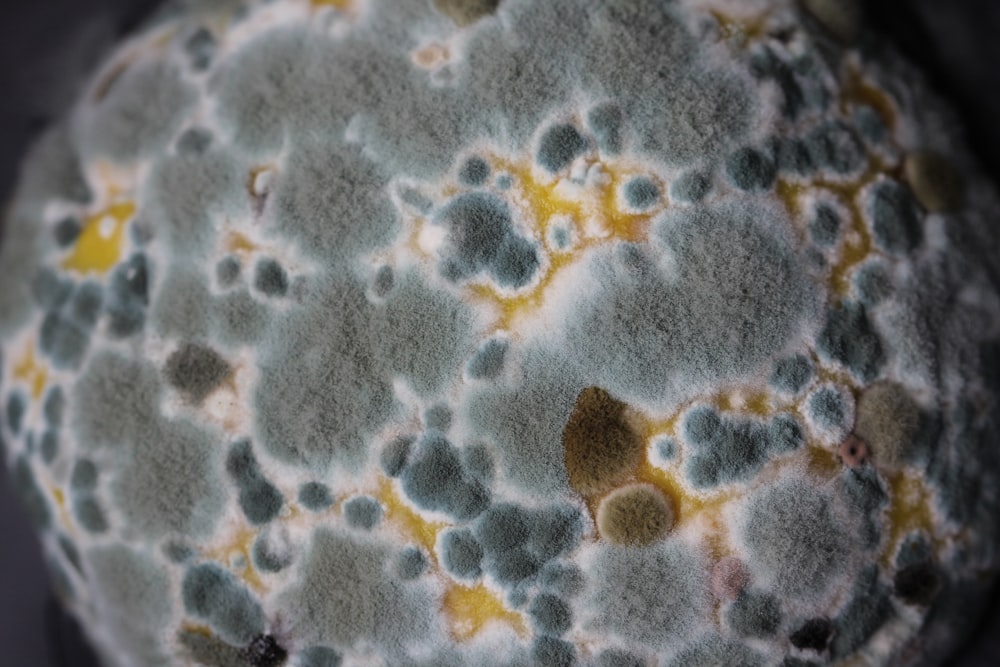

Hi. What happens at the end of a year and the colonies produce new potential queens? They cant mate so what happens?
Hey David,
Has the colony slowed down like they’re going to hibernate?
If you’ve recently lost the Queen in a Monogyny colony with no larvae, it’s probably going to be a bumpy ride.
However, I’d double-check that there isn’t more than one queen in your species.
If there is, I wouldn’t worry about it too much.
Stewart